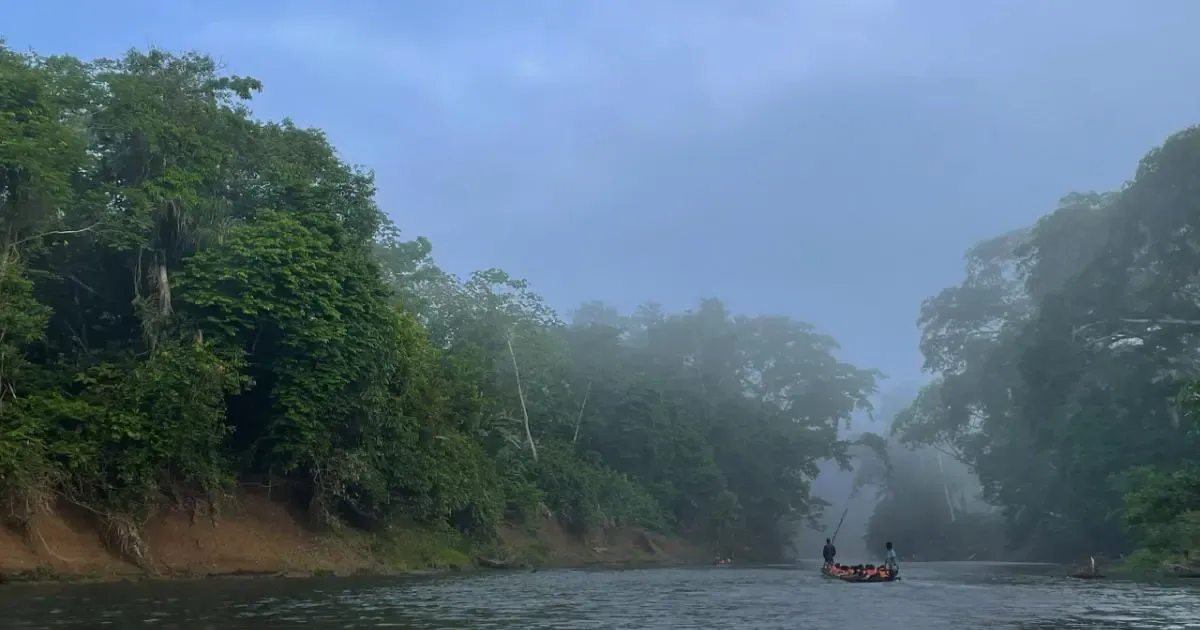“`markdown
Surviving the Darién Gap: The Deadly Journey of Migrants to the U.S.
The Darién Gap, a perilous stretch of jungle between Colombia and Panama, has become a focal point for migrants seeking a better life in the United States. This challenging route, often described as one of the most dangerous migration paths in the world, has seen an alarming increase in the number of people attempting to cross it. Each year, hundreds of thousands of individuals from countries such as Haiti and Venezuela embark on this treacherous journey, risking their lives in search of safety and opportunity.
The Darién Gap spans over sixty miles of dense rainforest, steep mountains, and swamps, making it a formidable barrier. Migrants face numerous dangers, including harsh natural conditions, threats from criminal gangs, and the risk of disease and starvation. The journey typically takes between five to ten days, depending on weather and the physical state of the travelers. Unfortunately, many do not survive the ordeal. Reports indicate that at least 253 migrants died or went missing between 2014 and 2021, a grim reminder of the risks involved.
The surge in migration through the Darién Gap is largely driven by worsening conditions in the migrants’ home countries. Economic instability, political turmoil, and violence have left many with no choice but to flee. In 2022 alone, nearly 250,000 migrants crossed the Gap, a significant increase fueled by ongoing humanitarian crises. Early data for 2023 suggests that this trend is continuing, with over 87,000 migrants making the journey in just the first three months.
Migrants often travel in large groups for safety, but this can also attract the attention of criminals. The Gulf Clan, a powerful drug cartel, controls much of the migration route, charging migrants for passage and exploiting their vulnerabilities. Many report being robbed or assaulted by both criminal gangs and sometimes even local authorities during their journey. The emotional and physical challenges faced by these individuals are immense, as families confront impossible choices amid the constant threat of violence and death.
The journey through the Darién Gap exposes migrants to a host of natural hazards. The region is known for its extreme weather, including heat and flash floods, which can turn the terrain into a treacherous landscape. Additionally, the presence of dangerous wildlife, such as crocodiles and venomous snakes, adds to the perils. Many migrants suffer from severe health risks, including hunger and disease, as they navigate this hostile environment.
Humanitarian organizations have increasingly stepped in to provide aid and medical assistance to those crossing the Gap. Despite their efforts, the facilities in place are often overwhelmed. The Panamanian government has implemented measures to manage the influx of migrants, including establishing reception centers. However, these centers frequently lack the resources to adequately support the growing number of arrivals.
U.S. immigration policies play a significant role in the decisions of migrants to undertake this dangerous route. As authorities crack down on other migration pathways, the Darién Gap has become a critical transit route for those seeking a better life in the U.S. The complexities of immigration laws and the ongoing humanitarian crises in Latin America continue to drive people towards this perilous journey.
The plight of children among these migrants is particularly alarming. Thousands of children under the age of five cross the Gap each year, often separated from their families or facing extreme hardships. Reports from organizations like UNICEF highlight the increasing dangers faced by these vulnerable populations, with many children dying or losing their parents during the journey.
In conclusion, the Darién Gap represents not just a physical barrier but a symbol of the desperate struggles faced by migrants seeking safety and a better future. As the number of crossings continues to rise, it is imperative that the international community addresses the root causes of migration and provides adequate support to those in need. The journey through the Gap is fraught with danger, but for many, it is a journey they feel they must take to survive.
With joint efforts from the U.S., Panama, and Colombia to address illegal migration, the future of the Darién Gap remains uncertain. The effectiveness of these measures will be crucial in determining the safety and well-being of countless migrants risking everything for the hope of a new life.
“`






Leave a Comment